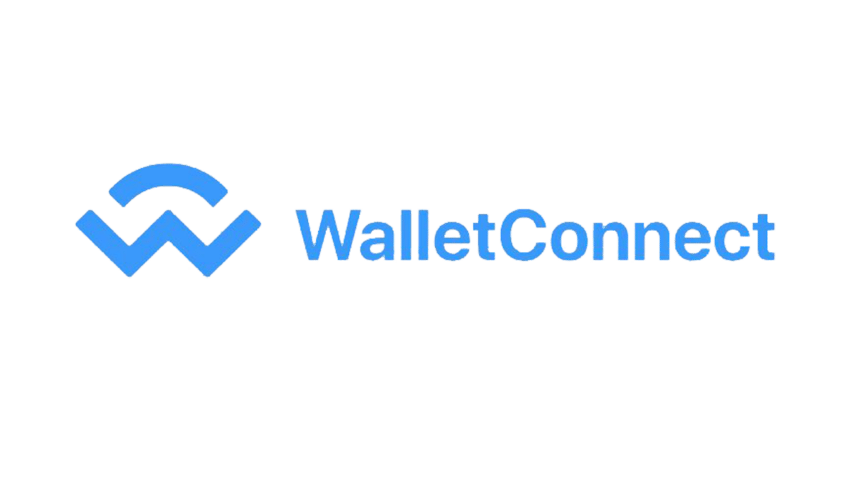What’s WalletConnect, and Why Does It Matter?
In the case that you have engaged in Decentralized Applications, then the chances of you using WalletConnect without noticing is high. This is due to the fact that WalletConnect is a protocol which enables users to join their crypto wallets to be connected to dApps, exchanges, and other Web3 services, It’s like a universal remote for your crypto life – easy, secure, and widely used.
The WalletConnect Token Community Round
WalletConnect has announced a Community Round, which lets eligible user claim their allocation for this round. This initiative’s purpose is to benefit early users and community members who have contributed to the ecosystem.
Important Information:
- The token sale will take place from February 4th, 2025 5 PM UTC and February 11th, 2025 5 PM UTC.
- There are 20 million WCT tokens available for sale for the Coinlist.
- Total supply of WCT is 1 billion tokens.
- Cost of each token $0.20.
- The Fully Diluted Valuation (FDV) is approximately $200 million.
- Purchases are allowed for a minimum of $100 to a maximum of $10,000.
- Payments can be made through USDC or USDT.
- Once transfers are enabled, tokens will have no lock-up period.
Purchase Structure: Filling Up From The Bottom
The WalletConnect Community Round employs “Filling Up From The Bottom,” which is a more equitable allocation method than many others. Here’s how it works:
- Those token recipients that are filling lower purchase amounts in the market, are, however prioritized before the higher amounts are filled.
- The allocation starts by filling the lowest purchase amounts first (e.g., $100 purchases) and then gradually moves up.
- Under some circumstances, demand may outstrip supply which means that higher purchase amounts would be partially filled.
- It allows people (small budget holders) to actually have a chance in receiving tokens which would otherwise be very hard for them to achieve.
This method counters the effect of whale discrimination and hence proves useful in serving equitable distribution to community members.
Example
Consider a token sale that has a total expected allocation of $20,000. There were eight participants in the sale who wished to buy at least $200 worth. The amounts they requested are captured here below:
- User 1: $1,500
- User 2: $3,200
- User 3: $4,000
- User 4: $1,200
- User 5: $6,000
- User 6: $2,500
- User 7: $800
- User 8: $900
Round 1:
There are eight participants in this token sale and the grand total is $20,000, so in the first round, each user is allowed up to $2,500. Anyone who asked for less than or equal to that amount get their allocation in full.
- Fully allocated: Users 1, 4, 6, 7, and 8, who together asked for $6,900.
- Partially allocated: Users 2, 3, and 5 who were allocated $2,500 each.
In the round one allocation in total was $6,900 + $7,500 = $14,400. This leaves $5,600 for Round 2.
Round 2:
The remaining allocation for each user is listed below.
- User 2: $3,200 – $2,500 = $700
- User 3: $4,000 – $2,500 = $1,500
- User 5: $6,000 – $2,500 = $3,500
In this case with three participants and $5,600 which are available, means that everyone can get $1855. Anyone asking for this amount or less will receive their full allocation.
- Fully allocated: Users 2 and 3, who in total asked for $2,200
- Partially allocated: User 5 is allocated a total of $1,866.
In the second round, the total allocations sum to $2,200 and $1,866. This amounts to $4,066, leaving the outbalance of $1,534 for the next round.
Round 3:
Put User 5’s remaining demand into perspective.
- User 5: $3,500 – $1,866 = $1,634
There is $1,534 left and only User 5 is left to be allocated, so User 5 takes the remaining $1,534, which is just under what they had requested.
Final Allocation:
- User 1: $1,500 (Fully allocated)
- User 2: $3,200 (Fully allocated)
- User 3: $4,000 (Fully allocated)
- User 4: $1,200 (Fully allocated)
- User 5: $5,900 (Partially allocated)
- User 6: $2,500 (Fully allocated)
- User 7: $800 (Fully allocated)
- User 8: $900 (Fully allocated)
This method was taken to assure that every participant was able to be allocated at least at their minimum wished amount and while the allocated tokens above that were distributed as fairly as it was possible. In contrast to a pro-rata allocation, participants do not gain a relative advantage for providing more capital.
Who Is Eligible?
The official CoinList WalletConnect page lists the following participants as excluding:
- Citizens from the United States, its territories, Canada, and China
- Any persons, nations, or regions that has sanctions under the US, EU, UN, and UK
- Every other limited area described by law
How to Check Your Eligibility
If you are uncertain about qualifying, use this simple checklist:
- Visit the Official Page: Navigate to the CoinList’s WalletConnect page.
- Read the Details: Review the eligibility criteria and terms of sale.
- Register or Log In: Create an account if you have yet to join CoinList. If you have an account, sign in.
- Complete KYC Verification: CoinList user identity verification is mandatory to get involved.
- Wait for Confirmation: Eligible users will be traced and provided with follow-up steps on what to do next.
Why Is This Important?
The WalletConnect token launch allows for more dApps and platforms to integrate and suggests a large step towards the protocol’s decentralization. The ability to have a governance mechanism through tokens can improve ecosystem development and security.
Important Considerations (NFA!)
- Investment in any cryptocurrency has its risks, it is essential to evaluate them before engaging.
- Not all users are eligible. Confirm your eligibility prior to engaging.
- Always use official sites such as CoinList and WalletConnect’s website to avoid phishing.
Source
- Purchase structure: https://blog.coinlist.co/filling-up-from-the-bottom-a-new-mechanism-for-allocating-tokens/
- WalletConnect Community Round announcement: https://coinlist.co/walletconnect?utm_source=telegram&utm_medium=web&utm_campaign=WalletConnect+Community+Round
